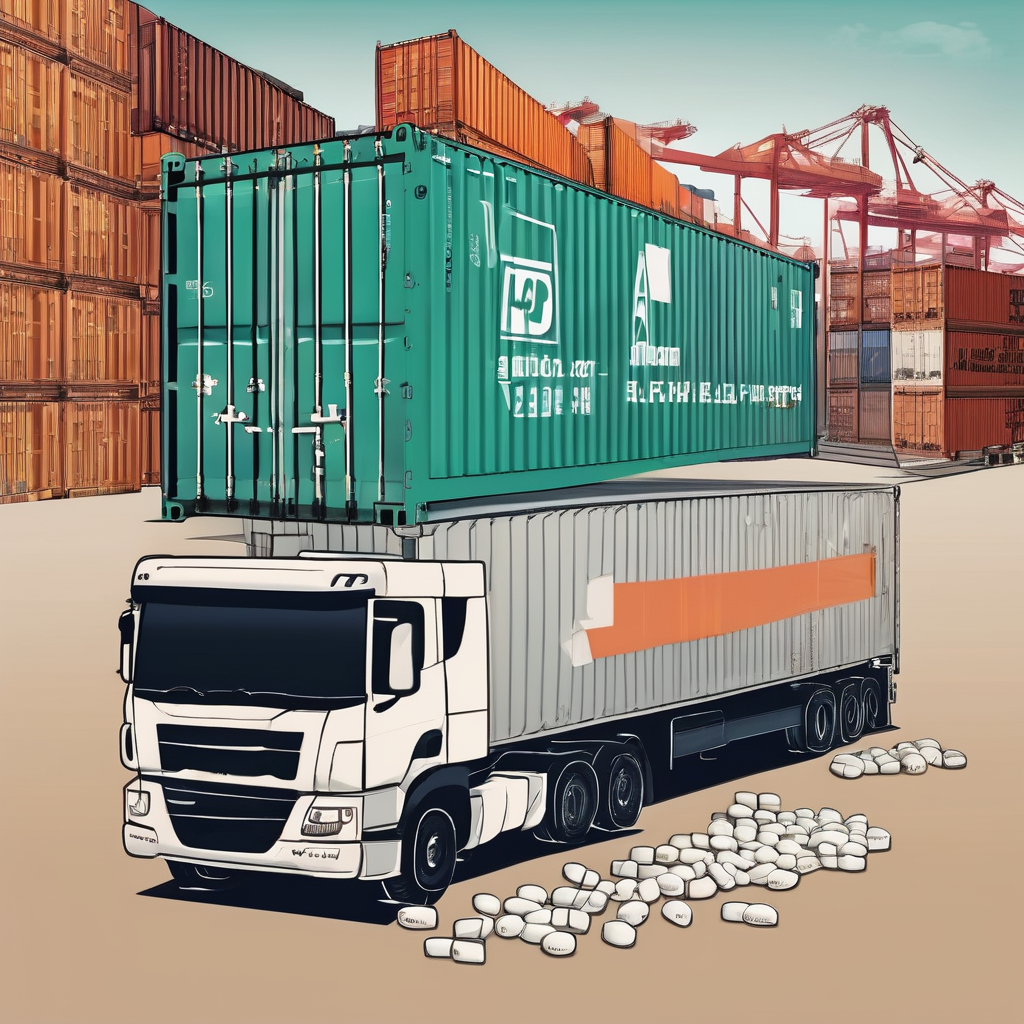In a significant escalation of trade policies, U.S. President Donald Trump announced on Thursday the imposition of new tariffs, stirring fresh uncertainties in the global market. The new measures, revealed on Truth Social, will impose sweeping import duties, including a hefty 100% tariff on patented drugs and a 25% levy on heavy-duty trucks. These tariffs are set to take effect next Wednesday and signal a continuation of Trump’s aggressive stance on international trade.
This latest announcement is part of Trump’s broader strategy to protect U.S. industries under the guise of national security. It follows previous tariffs of up to 50% on trading partners, as well as specific levies on goods like steel and automobiles. Trump’s actions reflect his long-standing commitment to revitalizing domestic manufacturing by discouraging reliance on foreign imports.
In addition to duties on pharmaceuticals and trucks, this new round of tariffs includes a 50% charge on imported kitchen cabinets and bathroom vanities and a 30% levy on upholstered furniture, potentially raising costs in key consumer areas. These measures could disrupt an already strained supply chain ecosystem, contributing to higher consumer prices and increasing the burden on businesses navigating these challenges.
The sentiments behind these tariffs echo Trump’s previous strategies. From imposing tariffs on the European Union, Mexico, and China, to targeting specific sectors like steel and electronics, his administration often utilizes these economic tools as leverage in trade negotiations. However, Trump’s tariff tactics have also faced criticism, with concerns that they might lead to retaliatory measures and further complicate international trade relations.
While Trump’s administration often portrays these tariffs as protective measures for American jobs and industries, the immediate effects could include increased costs for consumers and uncertainties for businesses, who are already grappling with the challenges posed by COVID-19 and global economic slowdowns. However, optimists within the administration argue that such measures could foster a renaissance in American manufacturing, providing long-term benefits despite short-term disruptions.
The global response to these tariffs is likely to be mixed. Past incidents suggest that while some nations may seek to retaliate or denounce these policies, others could engage in negotiations, hoping to mitigate the impact of these tariffs before they further strain international economic relations.
In reflecting on Trump’s various tariff implementations, this move represents a continuation of his trade strategy, combining assertive economic policies with high-stakes negotiations to recalibrate U.S. trade relationships. Given the complexity and potential backlash, it will be crucial for stakeholders to engage in diplomatic dialogue and seek joint solutions that promote both economic stability and international cooperation.
